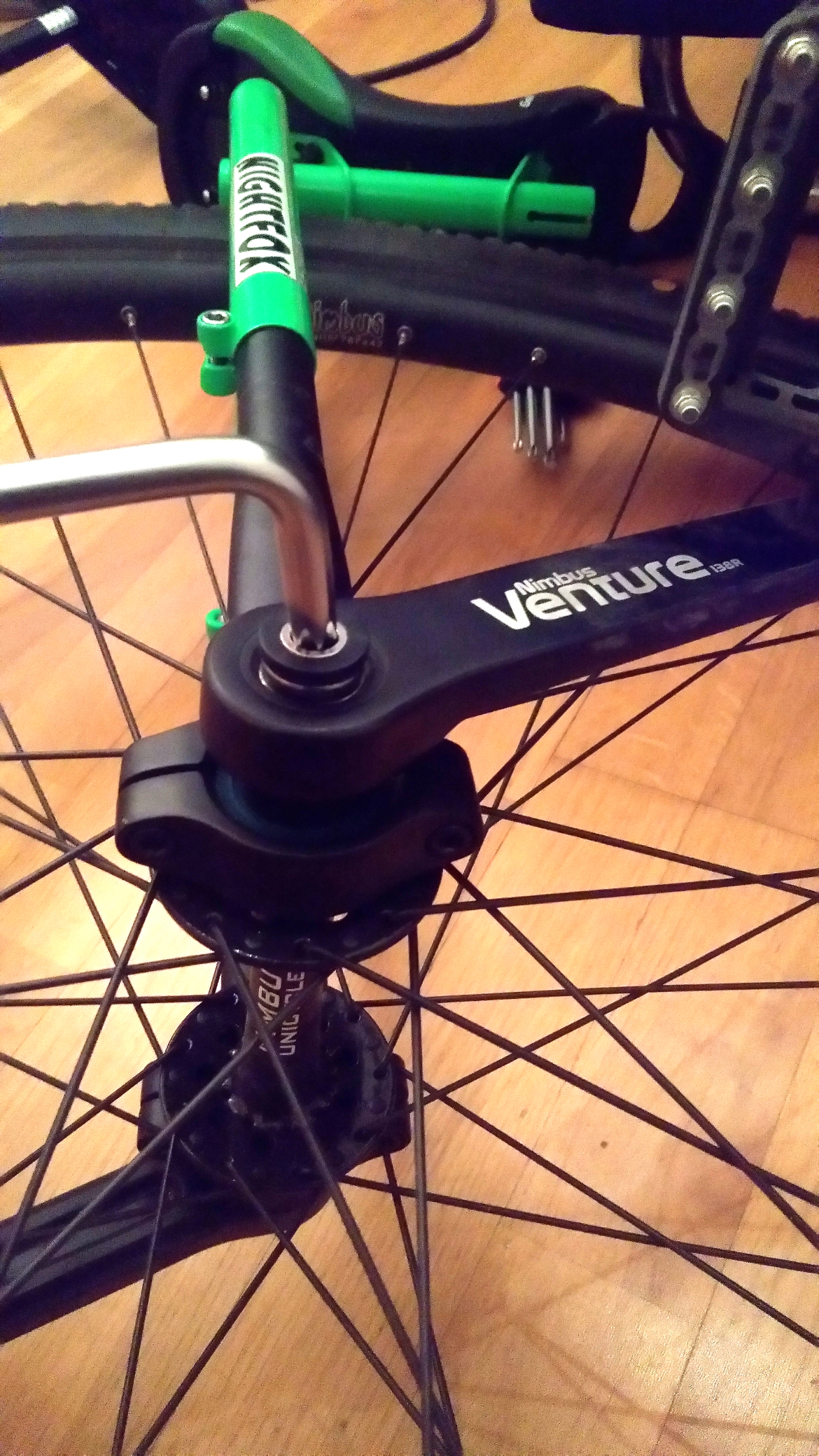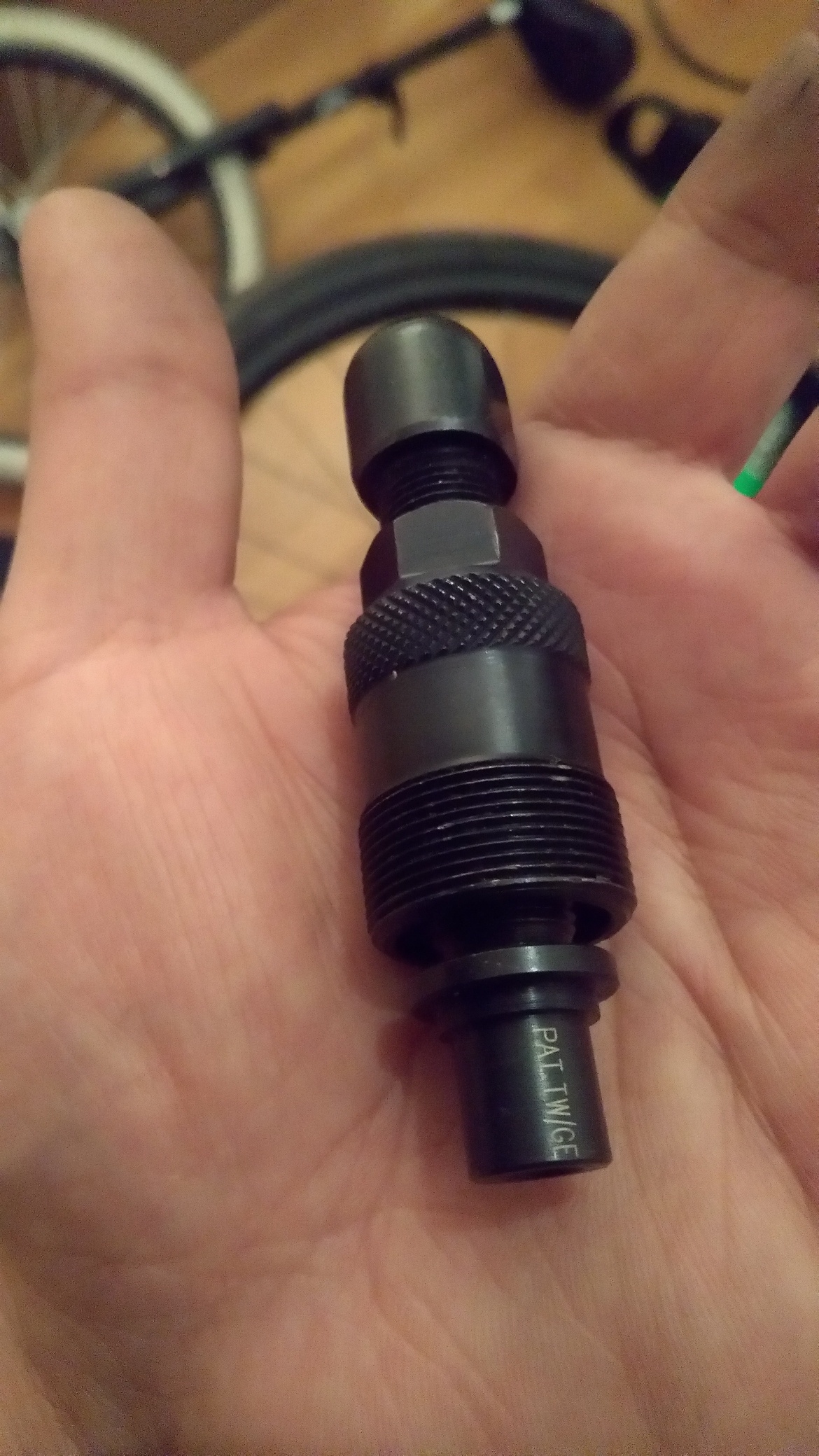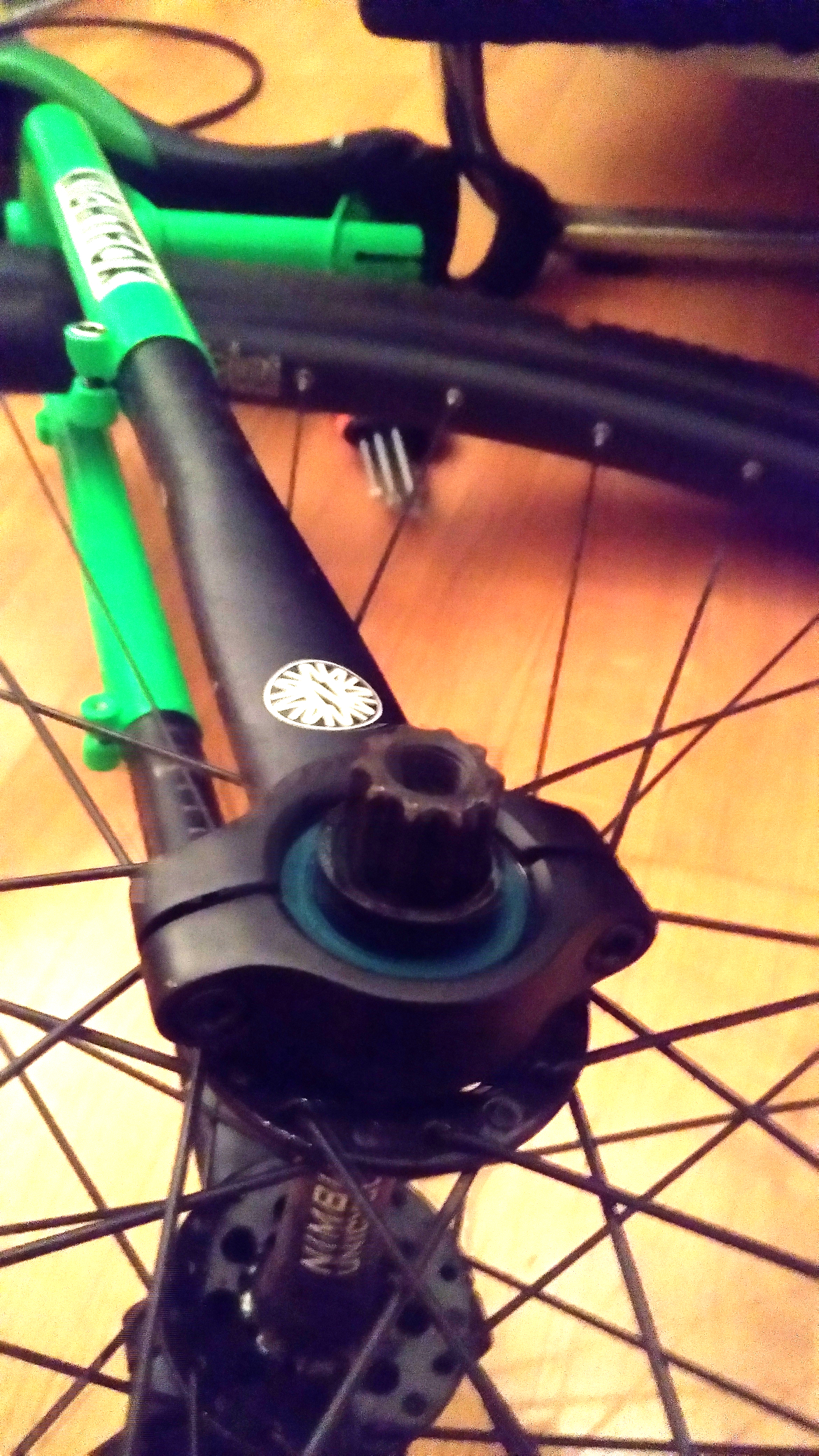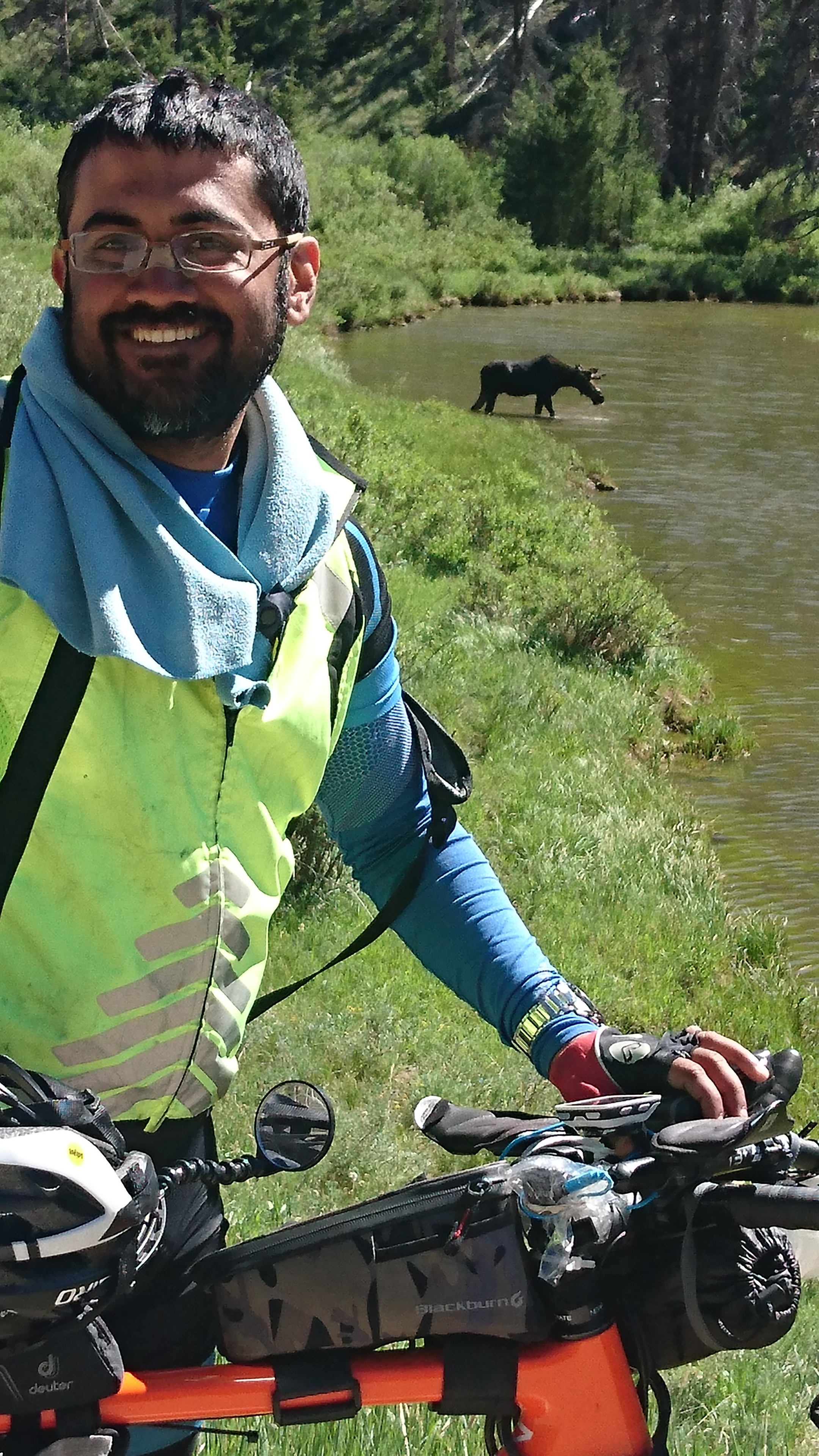Switching to longer cranks on the 36-er
One tip to many riders new to riding on 36-er unicycles is to switch to cranks longer than the stock cranks, which on a 36-er like the Nimbus Nightfox, is 138 mm. I’d ordered 150 mm cranks which had been delivered along with my 36-er, back in 2016, but after some initial practice, I’d returned to the shorter cranks, as they were the better choice back then as I was trying to learn to free-mount. Free-mouting with the longer cranks was harder as I had to step just a tad higher, to successfully get my foot atop the longer crank, and I wasn’t very comfortable with that.
Cut to 2020, I pulled out the big wheel out of storage, determined to practice with it again. Now, I was much more comfortable riding it than I’d been with it ever before, but as I practiced riding it on the streets, I found that it was particularly hard to successfully ride away, particularly up inclines. I decided then that the longer crank-arms might just offer me the extra leverage that I seemed to be missing, to help me ride up inclines, particularly when starting from standstill. After a while, when my muscles got stronger and experience increased, I could revert to the shorter cranks, particularly since the shorter cranks translate to higher riding speeds, a factor that is currently unimportant as I’m only targeting better control at lower speeds.
Changing the cranks was a very simple procedure that only took around fifteen minutes. I used an Allen-key to unscrew the top-cap;

For the task, you need a special crank puller capable of working with the proprietary spline technology used by the Nimbus unicycles.

You screw the lower end of the tool into the hole left by the top-cap, and tighten the top part, which causes the crank arm to gradually, cleanly, and carefully come off the spline. Without this tool, you can’t get the crank arm off without destroying the crank arm or the spline, or both. With the tool, it’s a piece of cake.
In the picture below, you can see what the custom spline looks like. The spline technology is somewhat regrettably called ISIS, which was not a bad name back when the technology was developed, as it is now! The more common spline is the regular square-taper system.

I placed the replacement crank, pressed it in with my hand, and simply tightened the top cap to finish the installation. The pedals were removed from the now removed shorter crank arms and tightened onto the new crank arms. As with bicycles, the left pedal is reverse threaded, to ensure that the normal torque when riding forward doesn’t cause the pedals to unscrew. The process was repeated on the other side. This 15 minute procedure leaves the unicycle with a reduced top speed, but hopefully gives me greater control at lower speeds, and an enhanced ability to ride uphill.
